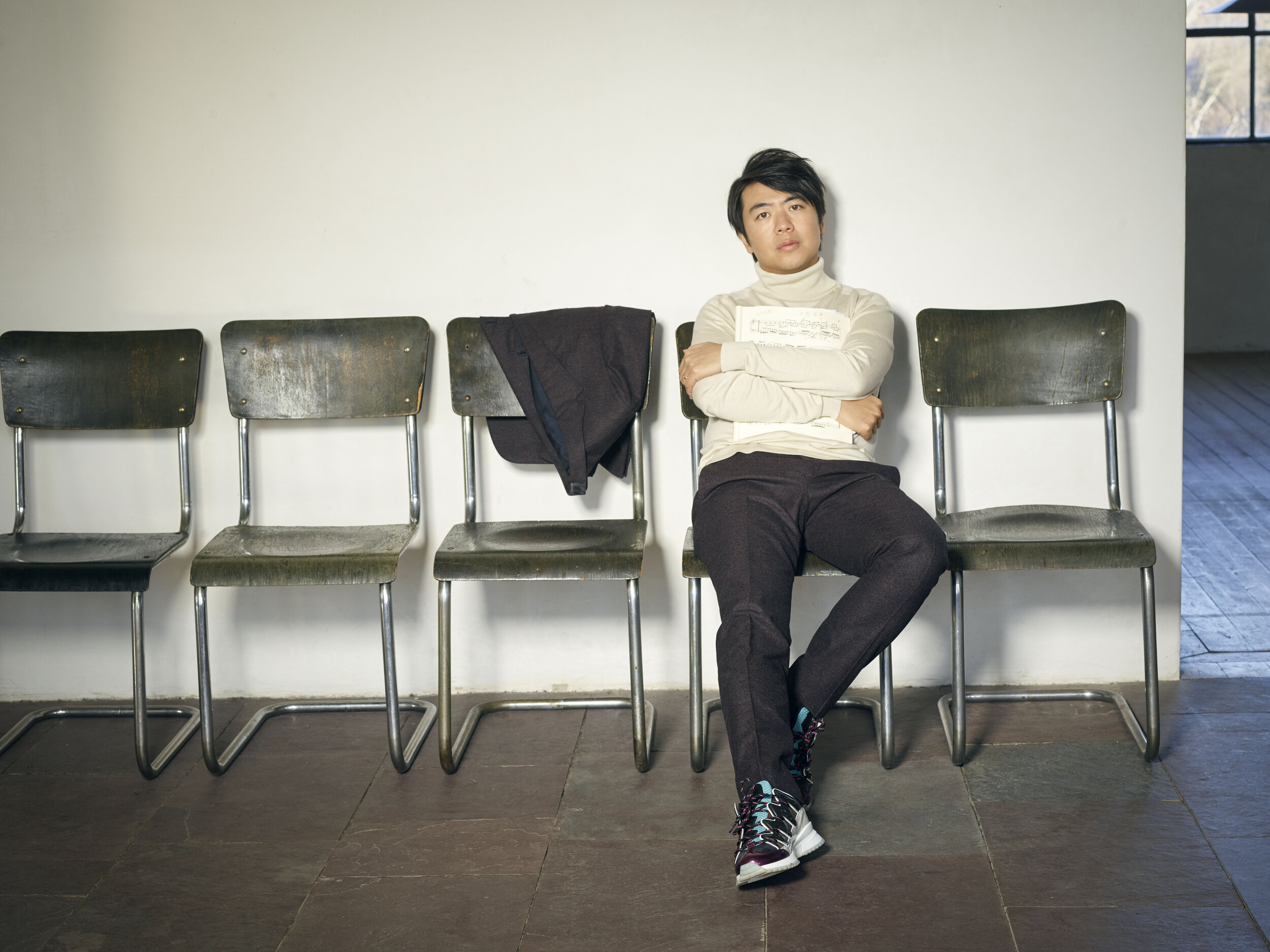Lang Lang has realised a lifelong dream by recording Johann Sebastian Bach’s monumental keyboard work, the Goldberg Variations, often described as “a musical Everest”. It will be released on Deutsche Grammophon on 4 September in two complementary performances given by the pianist: the first was recorded in a single take in concert at the Thomaskirche in Leipzig, Bach’s workplace for almost 30 years and site of his grave; the second was made soon after in the seclusion of the studio. The two recordings can be purchased together as part of a super deluxe edition, a world first simultaneous live and studio album release.
“I’m now 38 and, while that’s not old, I think the time was right for a new stage in my artistic development,” comments Lang Lang. “I’ve moved into new terrain with the Goldberg Variations and really immersed myself fully in this project. My goal as an artist is to keep becoming more self-aware and more knowledgeable, as well as to keep offering inspiration to others. It’s an ongoing process, but this project has taken me a little further along the path.”
The pianist’s long journey into the soul of one of the greatest landmarks of world culture began with childhood lessons in Bach’s music in his native China. He was just 17 when he played the Goldberg Variations from memory for the conductor and pianist Christoph Eschenbach, an unforgettable experience for both musicians. Lang Lang subsequently sought expert advice from leading interpreters of the composer’s music, conductor Nikolaus Harnoncourt and harpsichordist and early keyboard specialist Andreas Staier among them.
Having allowed his relationship with the work to evolve naturally over time, Lang Lang finally felt ready to record Bach’s great Aria and 30 variations. In early March 2020, shortly before beginning his studio sessions, he gave a poignant public performance of the work in Leipzig. “Playing in the Thomaskirche, where Bach is buried, was unbelievably emotional for me,” he recalls. “I’ve never felt as close to a composer as I did during that recital. The live version is very spontaneous, whereas in the studio version my playing is different – very considered and reflective. In a concert situation you experience the 100-minute work as a whole. In the studio you can focus on individual details and nuances, and of course that can affect the musical experience quite substantially.”
It’s believed that Bach wrote the Goldberg Variations for his pupil, a teenage harpsichord virtuoso named Johann Gottlieb Goldberg. The composer’s first biographer reported that the piece was commissioned by the Russian ambassador to the Dresden court, an insomniac, as a “soothing and cheerful” work for young Goldberg to play during the night. Published in late 1741, it demands total spiritual focus from the performer.
“This isn’t just the most exceptional and creative work in the keyboard repertoire, it’s also the most multidimensional,” observes Lang Lang. “It allows us to draw on everything we have within ourselves, but also makes us realise what’s missing and what we still have to learn.”

























